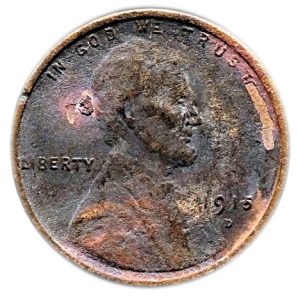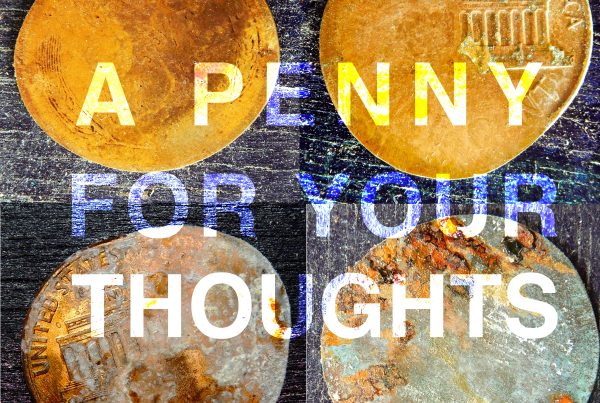“Monetary design… reveals more about a nation’s values than its monuments.”

Penny found at Tulsa Race Massacre site
“As far as anyone knows, the American cent is the most produced coin in the history of civilization, its portrait of Lincoln is the most reproduced piece of art on Earth.“
“Lincoln never expected his legacy would include being pictured on pennies until the end of time. At no point in his life had any president appeared on coins. It was American law, and tradition, that coins should not portray them. Congress decided this in 1792, when it created the Mint; putting rulers on coins was un-American — behavior that would “gratify our enemies.” U.S. coins obeyed this edict for more than a century, depicting, instead, abstract symbols “emblematic of liberty,” helpfully labeled “LIBERTY” (this is why it says “LIBERTY” behind Lincoln’s neck; legally, he can only appear on the coins if he is emblematic of liberty).”
“ The Monroe family lived on East Easton Street near Mount Zion Church in Greenwood, Oklahoma, the thriving African American neighborhood of segregated Tulsa. Osborne Monroe, George’s father, owned a roller-skating rink amidst an array of grocery stores, theaters, hotels, garages, service stations, funeral parlors, as well as churches, schools, hospitals and homes—all owned and operated by Tulsa’s Black citizens.
For Monroe, searching for coins left behind by the looters became a survival and coping strategy in the weeks after the massacre. The coins were there in the first place largely because, despite Greenwood’s strong business and social community, a bank had never been established in the Black neighborhood of North Tulsa. To protect their hard-earned wealth in a sharply segregated world, many families kept their money at home, sometimes hidden in a piece of furniture, other times buried in the yard.
Monroe combed the ground around his neighborhood, sometimes bending low to collect charred pennies, nickels and dimes. Copper pennies, with a melting point of approximately 1,900 degrees Fahrenheit, did not disintegrate in the fires. Gathering these tangible relics—hard, resistant, able to withstand the most searing heat, would help Monroe bear witness. Monroe fashioned a roll of dimes that had been fused in the heat of the fires into a homemade necklace and he would wear it in remembrance.”
Paul Gardullo – Curator, Global Slavery, National Museum of African American History and Culture May 24, 2021




